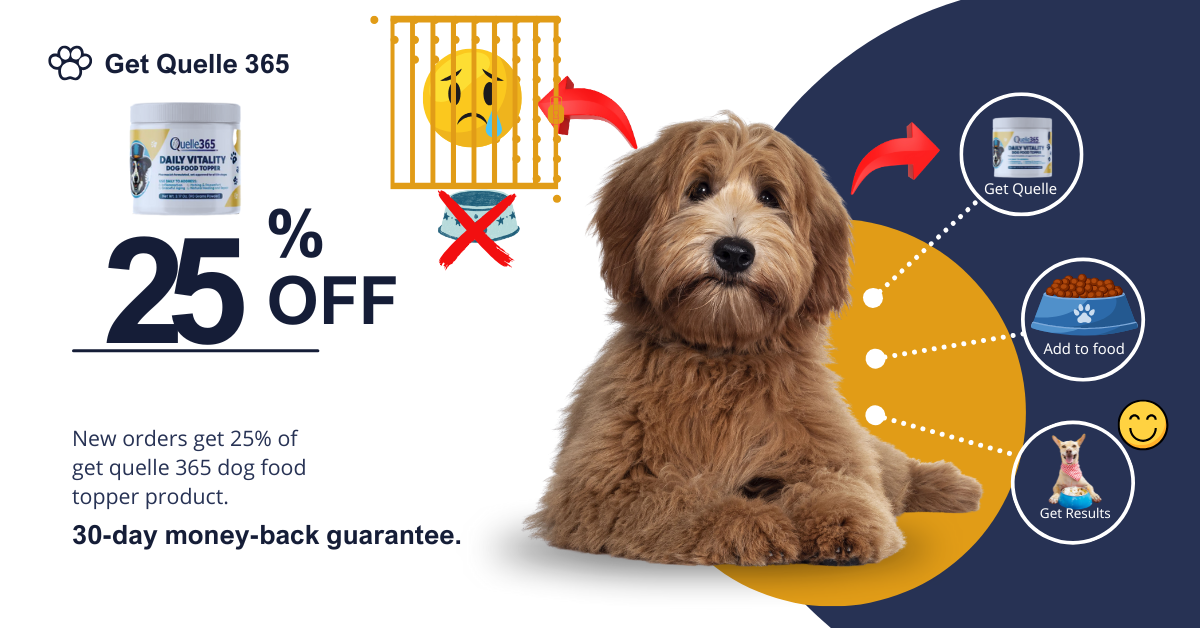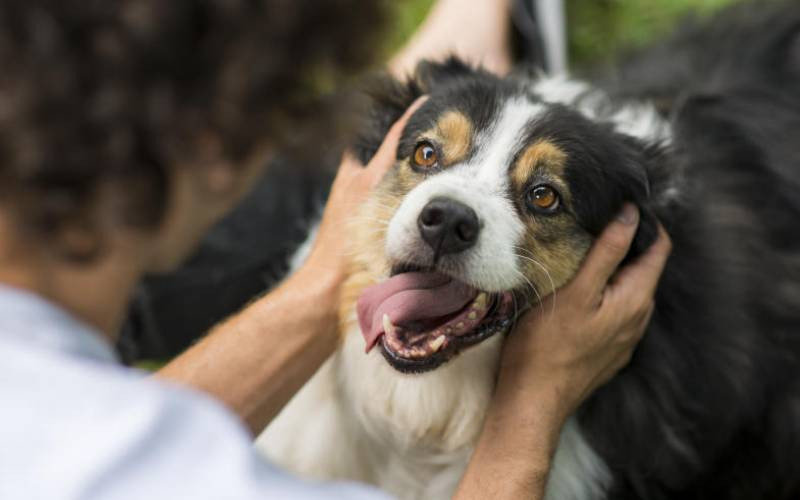DEAR PET TALK: We are having really hot days – but I want to give my dog outside exercise. How can you tell if the street or sidewalk pavement is too hot for your dogs to walk on this summer? Outdoors Lover
DEAR OUTDOORS LOVER: The same goes for winter – if you feel the temperature is not to your liking – chances are your dog will find it uncomfortable as well.
On hot, sunny days keep your pet cool by staying inside. Or choose to do your walk early in the day, or late in the afternoon. And did you know that dogs who have white-colored ears are more susceptible to skin cancer? And that short-nose pets, such as pugs, will have trouble breathing in hot weather.
A doghouse can reach very high temperatures on hot days because the structure focuses the heat. If your dog stays outside, they need shade – not an enclosure – and they need a fresh source of water. Heatstroke can happen easily for a dog – particularly the smaller or larger breeds.
According to the Humane Society, signs of heatstroke include “heavy panting, glazed eyes, a rapid heartbeat, difficulty breathing, excessive thirst, lethargy, fever, dizziness, lack of coordination, profuse salivation, vomiting, a deep red or purple tongue, seizure, and unconsciousness.”
Yes, very scary stuff. Treatment must be immediate if you see any of those signs and should include getting your pet into a cool area, apply ice packs to head, neck and chest, and let her drink cool water or lick ice cubes while you call the vet for an immediate visit.
Simple test: Hold the back of your hand on the pavement for 10 seconds. If it’s too hot for your hand, it’s too hot for your dog’s paws, which are fragile, despite having a leathery texture. Summer safety practices are crucial for a pet’s health, especially in the high heat of summer.
Did you know that on an 85-degree day, the temperature inside your car can reach 102 degrees – even with the windows cracked? After 30 minutes in a hot car, temps can rise to 120. This heat can damage organs irreversibly. Humidity can also take a toll. Because animals pant to evaporate moisture from their lungs, which takes heat from their body, high humidity prevents them from cooling themselves.
Sally Cragin is the director of Be PAWSitive: Therapy Pets and Community Education. Send questions to bepawsitive01420@gmail.com









